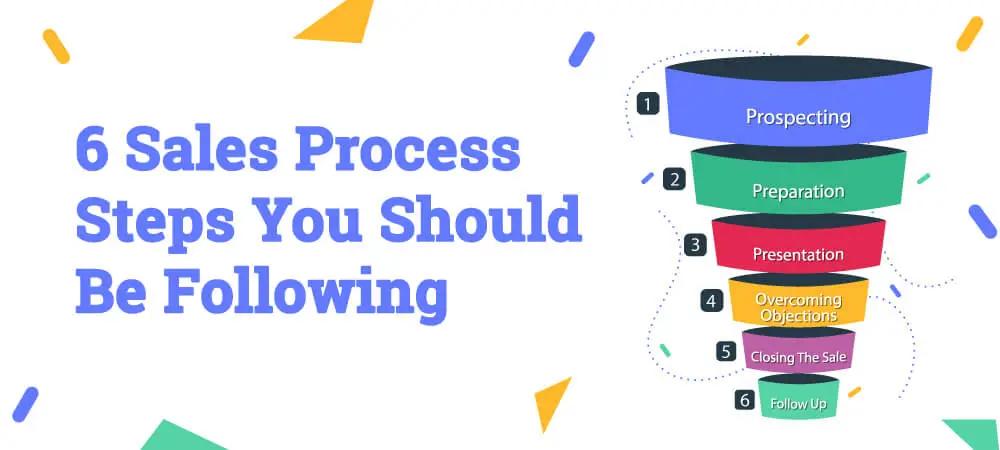Sales strategies are undergoing a profound transformation with the emergence of digital integration in all aspects of the sales process. In this blog post, we will investigate into the concept of end-to-end sales revolution and how it is reshaping the traditional notions of success in the business world. By aligning sales processes with digital technologies, companies can unlock new levels of efficiency, productivity, and customer satisfaction. To learn more about how digital integration is revolutionizing sales, check out Unlocking end-to-end digital fulfillment.
1. Transforming sales through digital integration.
2. Achieving customer-centric sales strategies for success.
3. Maximizing sales potential with data-driven insights.
4. Enhancing efficiency through automation and technology.
5. Aligning sales processes seamlessly across all digital platforms.
6. Adapting to the changing sales landscape for sustainable growth.
Analyzing the Sales Funnel
Traditional vs. Digital Sales Funnel
One of the key differences between the traditional and digital sales funnels lies in the approach to reaching and engaging with customers. In the traditional model, the focus was on a linear process of moving customers from awareness to purchase through personal interactions and manual tracking. In contrast, the digital sales funnel leverages technology and data to automate and personalize the customer journey, making it more efficient and effective.
Maximizing Conversion Rates Through Digital Tools
One way to maximize conversion rates in the digital sales funnel is by utilizing a variety of digital tools and technologies. From customer relationship management (CRM) software to marketing automation platforms, these tools can help streamline processes, track customer interactions, and provide valuable analytics for informed decision-making. By leveraging these tools effectively, businesses can optimize their sales funnel and drive higher conversion rates.
Tools such as chatbots, email marketing software, and social media analytics can also play a crucial role in engaging with customers at various stages of the funnel. Chatbots can provide real-time assistance, email marketing software can deliver personalized content, and social media analytics can offer insights into customer behavior. By integrating these tools seamlessly into the sales process, businesses can create a more engaging and tailored experience for their customers, ultimately leading to higher conversion rates.
Implementing Digital Strategies
Customer Relationship Management (CRM) Solutions
On implementing digital strategies, organizations need to consider integrating Customer Relationship Management (CRM) solutions to streamline their sales processes. These platforms help in managing interactions with current and potential customers, optimizing sales, and improving customer retention. By leveraging CRM software, businesses can track customer interactions, analyze data, and personalize communication, ultimately enhancing the overall customer experience.
Automating the Sales Process
With automation becoming increasingly prevalent in sales, organizations are automating various aspects of the sales process to improve efficiency and drive revenue growth. Automation tools help in automating tasks such as lead scoring, email campaigns, and follow-ups, allowing sales teams to focus on high-value activities like building relationships and closing deals. By automating these manual tasks, businesses can accelerate sales cycles and achieve better results.
Strategies for automating the sales process include implementing sales automation software, integrating CRM systems with marketing automation platforms, and using AI-powered tools for predictive analytics and lead management. These strategies not only save time and resources but also enable sales teams to make data-driven decisions and engage with customers more effectively, leading to increased sales performance and business success.

Harnessing Data and Analytics
Data-Driven Decision Making
With the advent of advanced data analytics tools and technologies, businesses can now make more informed decisions based on concrete data rather than gut feelings. By leveraging data-driven insights, companies can tailor their sales strategies to specific customer needs, optimize pricing models, and enhance overall performance.
Predictive Analytics in Sales
Any successful sales strategy today integrates predictive analytics to forecast future trends, identify potential opportunities, and mitigate risks. Through predictive analytics, sales teams can analyze historical data, identify patterns, and make accurate predictions about customer behavior, enabling them to proactively address customer needs and drive better business outcomes.
Harnessing predictive analytics in sales involves leveraging machine learning algorithms and artificial intelligence to analyze vast amounts of data and generate actionable insights. This allows sales teams to anticipate customer needs, personalize engagements, and optimize sales processes for increased efficiency and effectiveness.
The Future of Sales
Emerging Technologies in Sales
To stay ahead in the midst of the rapidly evolving sales landscape, businesses are turning to emerging technologies such as artificial intelligence, big data analytics, and automation. These tools are revolutionizing sales processes by enabling predictive analysis, personalization at scale, and seamless customer interactions.
Adapting to the Ever-Changing Digital Landscape
LandscapeThe digital landscape is in a constant state of flux, with new platforms, trends, and consumer behaviors shaping the way sales are conducted. To thrive in this dynamic environment, businesses need to be agile and proactive in their approach. This means continuously adapting strategies, leveraging data-driven insights, and embracing innovation.
With the right strategies and tools in place, businesses can not only survive but thrive in the ever-changing digital landscape. This requires a proactive mindset, a willingness to embrace change, and a dedication to staying ahead of the curve. By fostering a culture of innovation and digital integration, companies can position themselves as leaders in the sales revolution.
Final Words
Summing up, the shift towards an end-to-end sales revolution is crucial for redefining success in the digital age. By integrating digital tools across the entire sales process, businesses can streamline operations, enhance customer experiences, and drive unprecedented growth. As highlighted in a LinkedIn Pulse article on Supply Chain Digitalization and Industry 4.0, embracing digital integration is paramount for staying competitive and thriving in today’s evolving market landscape. It is imperative for companies to adapt and leverage the power of technology to revolutionize their sales strategies and achieve sustainable success.





